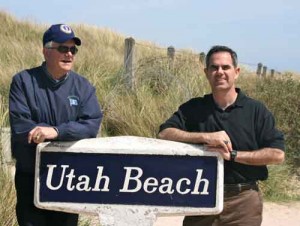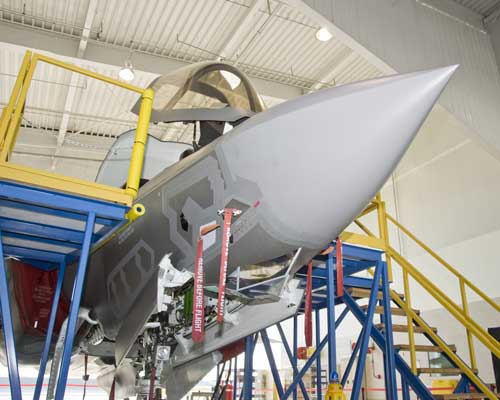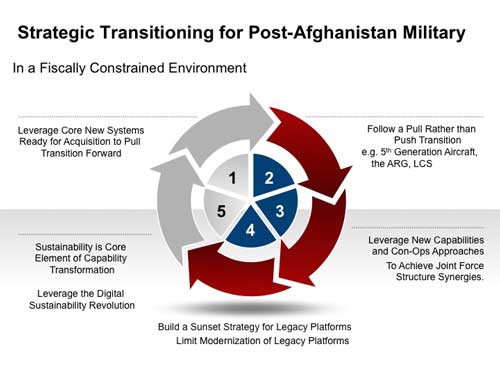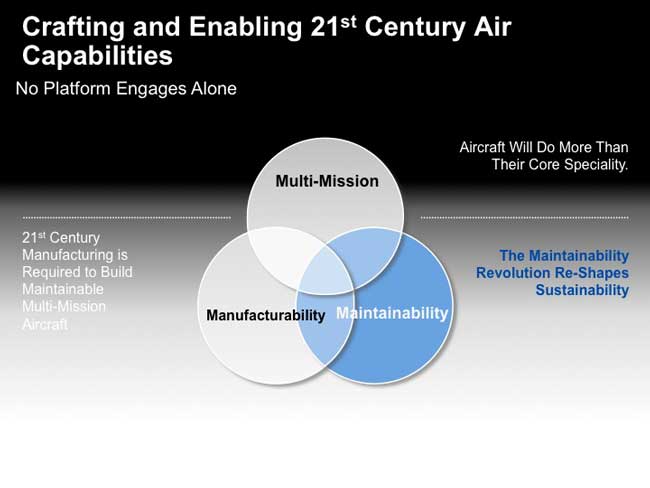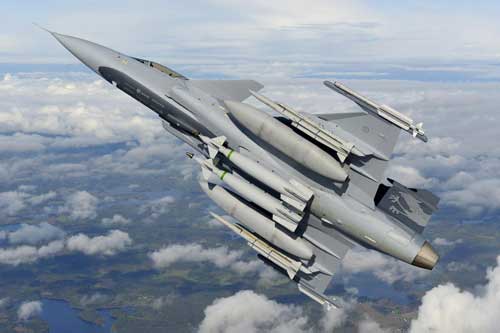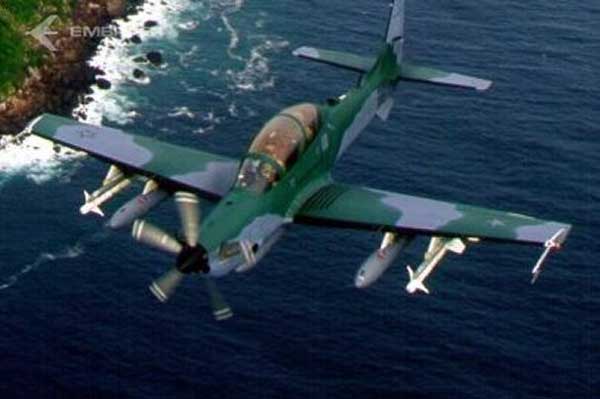06/26/2011 By Douglas Farah
Senior Fellow, Financial Investigations and Transparency
International Assessment and Strategy Center
Adjunct Fellow, Americas Program, CSIS
http://www.ndu.edu/press/emerging-alliances.html
Introduction
Terrorist-Criminal Pipelines and Criminalized States: Emerging Alliances for the 21st Century
06/21/2011 – On July 1, 2010 the U.S attorney for the Southern District of New York unsealed an indictment that outlined the rapid expansion of the operations of transnational criminal organizations and their growing, often short-term strategic alliances with terrorist groups. These little-understood transcontinental alliances pose new security threats to the United States, as well as much of Latin America, West Africa and Europe.

The indictment showed drug trafficking organizations in Colombia and Venezuela, including the Fuerzas Armadas Revolucionarias de Colombia-FARC, a designated terrorist organization by the United States and European Union, had agreed to move several multi-ton loads of cocaine through Liberia en route to Europe.
The head of Liberian security forces, who is also the son of the president, negotiated the transshipment deals with a Colombian, a Russian and three West Africans. According to the indictment, two of the loads, one of 4,000 kilos and one of 1,500 kilos, were to be flown to Monrovia from Venezuela and Panama, respectively. A third load of 500 kilos was to arrive aboard a Venezuelan ship. In exchange for transshipment rights the drug traffickers agreed to pay in both cash and product.
What the drug traffickers did not know was that the head of the security forces they were dealing with was acting as an informant for the U.S. Drug Enforcement Administration (DEA) and had secretly recorded all the conversations, leaving the clearest body of evidence to date of the growing ties between established designated Latin American terrorist organizations/drug cartels and emerging West African criminal syndicates that move the cocaine northward to lucrative and growing markets in Europe and the former Soviet Union.[1] The West African criminal syndicates, in turn, are often allied and cooperate in illicit smuggling operations with operatives of Al Qaeda in the Islamic Maghreb (AQIM), a radical Islamist group that has declared its allegiance to Osama bin Laden and its alliance with al Qaeda.[2]
The group has, in recent years, relied primarily on kidnappings for ransom to finance its activities, and is estimated by U.S. and European officials to have an annual budget of about $10 million.
An ongoing relationship with the FARC and other drug trafficking organizations (DTOs) from Latin America to protect cocaine shipments into Europe would exponentially increase AQIM’s revenue stream, and with it, the operational capacity. Other cases, discussed below, show that AQIM would transport cocaine to Spain for the price of $2,000 a kilo. Had the proposed arrangement been in place for the 1,500-kilo load passing through Liberia, the terrorist group would have reaped $3 million in one operation. Had it been the 4,000-kilo load, the profit of $8 million would have almost equaled the current annual budget.
AQIM’s stated goal is to overthrow the Algerian state, and, on a broader level, to follow al Qaeda’s strategy of attacking the West, particularly Europe. The ability to significantly increase its operating budget would facilitate recruiting, the purchase of weapons and the ability to carry out larger and more sophisticated attacks across a broader theater. It would also empower AQIM to share resources with its parent al Qaeda structure and other radical Islamist groups in Africa and elsewhere, increasing the overall operational capacity to attack the United States and related targets.
The central aspect that binds these disparate organizations and networks that in aggregate make up the bulk of non-state armed actors, is the informal (meaning outside legitimate state control and competence) “pipeline” or series of overlapping pipelines that these operations need to move products, money, weapons, personnel and goods. These pipelines are perhaps best understood as a series of recombinant chains whose links can couple and de-couple as necessary to meet the best interests of the networks involved. Non-state armed actors in this paper are defined as:
- Terrorist groups, either motivated by religion, politics or ethnic forces;
- Transnational criminal organizations, both structured and disaggregated;
- Militias that control “black hole” or “stateless” sectors of one or more national territories;
- Insurgencies, which have more well-defined and specific political aims within a particular national territory, but may operate from outside of that national territory.
Each of these groups has different operational characteristics that must be understood in order to understand the challenges that they pose.[3] It is also important to note that these distinctions are far blurrier in practice, with few groups falling neatly into one category or even two. Insurgencies in Colombia and Peru are also designated terrorist groups by the United States and other governments, and engage in parts of the transnational criminal structure. These emerging hybrid structures change quickly and the pace of change has accelerated in the era of instantaneous communication, the Internet and the criminalization of religious and political groups.
What links terrorist and criminal organizations together are the shadow facilitators who understand how to exploit the seams in the international legal and economic structure, and who work with both terrorist and criminal organizations. Both groups use the same pipelines and the same illicit structures, and exploit the same state weaknesses. Of the 43 Foreign Terrorist Organizations listed by the State Department, the U.S. Drug Enforcement Administration says 19 have clearly established ties to drug trafficking organizations (DTOs) and many more are suspected of having such ties.[4]
While the groups that overlap in different pipeline structures are not necessarily allies, and in fact occasionally are enemies, they often make alliances of convenience that are short-lived and shifting. Even violent drug cartels, which regularly engage in bloody turf battles, also frequently engage in truces and alliances, although most end as soon as they are no longer mutually beneficial or the balance of power shifts among them.
An example of the changing balance of power is that of Los Zetas, a group of special operations soldiers in Mexico who became hit men for the Gulf Cartel before branching out and becoming a separate organization, often now in direct conflict with their former bosses of the Gulf organization.
Another case that illustrates the breadth of the emerging alliances between criminal and terrorist groups is Operation Titan, executed by Colombian and U.S. officials in 2008 and still ongoing. Colombian and U.S. officials, after a 2-year investigation, dismantled a drug trafficking organization that stretched from Colombia to Panama, Mexico, the United States, Europe and the Middle East. Most of the drugs originated with the FARC in Colombia, and some of the proceeds were traced through a Lebanese expatriate network, to funding Hezbollah.[5]
Colombian and U.S. officials allege that one of the key money launderers in the structure, Chekry Harb, AKA “Taliban” acted as the central go-between among Latin American DTOs and Middle Eastern radical groups, primarily Hezbollah. Among the groups participating together in Harb’s operation in Colombia were members of the Northern Valley Cartel, right-wing paramilitary groups and Marxist FARC.
This mixture of enemies and competitors working through a common facilitator or in loose alliance for mutual benefit is a pattern that is becoming more common, and one that significantly complicates the ability of law enforcement and intelligence operatives to combat these groups, as multiple recent transcontinental cases demonstrate.
In late 2010 the DEA used confidential informants in Mali to pose as FARC representatives seeking to move cocaine through the Sahel region. Three men claiming to belong to AQIM said the radical Islamists would protect the cocaine shipments, leading to the first indictment ever of al Qaeda affiliates on narco-terrorism charges.[6] Those claiming to be AQIM associates were willing to transport hundreds of kilos of cocaine across the Sahara desert to Spain for the price of $2,000 per kilo.[7] That case came just four months after the Malian military found a Boeing 727 abandoned in the desert after offloading an estimated 20 tons of cocaine, clear evidence that large shipments are possible. The flight originated in Venezuela.[8]
In another indication of cross pollination among criminal organizations, in late 2010, Ecuadoran counter-drug officials announced the dismantling of a particularly violent gang of cocaine trafficking — led by Nigerians who were operating out of a neighborhood near the international airport in the capital of Quito. According to Ecuadoran officials, the gang, in addition to controlling the sale of cocaine in one of Quito’s main night districts, was recruiting “mules” or drug carriers to carry several kilos at a time to their allied network, based in Amsterdam, to be distributed throughout Europe. The Nigerian presence was detected because they brought a new level of violence to the drug game in Quito, such as beheading competitors. They were allegedly acquiring the drugs from Colombian drug trafficking organizations.[9]
Because of the clandestine nature of the criminal and terrorist activities, designed to be as opaque as possible, we must start from the assumption that, whatever is known of specific operations along the criminal-terrorist pipeline represents merely a snapshot of events, not a definitive record, and it is often out of date by the time it is understood.
Both the actors and the territory or portion of the pipelines they control are constantly in flux, meaning that tracking them in a meaningful way is difficult at best. As shown by the inter and intra-cartel warfare in Mexico, smaller sub-groups can either overthrow the existing order inside their own structures or break off and form entirely new structures. At that time they can break existing alliances and enter into new ones, depending on the advantages of a specific time, place and operation.
[1] Benjamin Weiser and William K. Rashbaum, “Liberian Officials Worked With U.S. Agency to Block Drug Traffic,” New York Times, June 2, 2010.
[2] For a history of AQIM see: “Al Qaeda Group Backs al Qaeda,” BBC News, October 23, 2003, accessed January 16 at: http://news.bbc.co.uk/2/hi/africa/3207363.stmp. For an understanding of the relationship among the different ethnic groups, particularly the Tuareg, and AQIM, see: Terrorism Monitor, “Tuareg Rebels Joining Fight Against AQIM?” Jamestown Foundation, Vol. 8, Issue 40, November 4, 2010.
[3] These typologies were developed and discussed more completely, including the national security implications of their growth, in the following document: Richard Shultz, Douglas Farah and Itamara V. Lochard, “Armed Groups: A Tier-One Security Priority,” USAF Institute for National Security Studies, Occasional Paper 57, September 2004.
[4] DEA Chief of Operations Michael Braun at a July 18, 2008 speech to the Washington Institute for Near East Policy, accessible at: http://www.washingtoninstitute.org/templateC07.php?CID=411
[5] While much of Operation Titan remains classified, there has been significant open source reporting, in part because the Colombian government announced the most important arrests. See: Chris Kraul and Sebastian Rotella, “Colombian Cocaine Ring Linked to Hezbollah,” Los Angeles Times, Oct. 22, 2008; and “Por Lavar Activos de Narcos y Paramilitares, Capturados Integrantes de Organización Internacional,” Fiscalía General de la Republica (Colombia), Oct. 21, 2008.
[6] “Manhattan U.S. Attorney Charges Three al Qaeda Associates with Conspiring to Transport Cocaine through Africa for the FARC,” PR Newswire, December 18, 2009, accessed January 6, 2011 at: http://www.prnewswire.com . The exact nature of the affiliation of the three indicted men claiming to represent AQIM has been in dispute, but other reports support the contention that the FARC and AQIM engage, through intermediaries, in a relationship that allows FARC-owned cocaine to transit the Sahel region with the protection of AQIM. See: Robin Yapp, “South American Drug Gangs Funding al Qaeda Terrorists, The Telegraph (Great Britain), December 29, 2010.
[7] Philip Sherwell, “Cocaine, Kidnapping and the al-Qaeda Cash Squeeze,” Sunday Telegraph, March 7, 2010.
[8] Jamie Doward, “Drug Seizures in West Africa Prompt Fears of Terrorist Links,” The Observer, November 29, 2009.
[9] “Quito y Buenos Aires, Ciudades preferidas para narcos nigerianos,” El Universo (Guayaquil, Ecuador), January 3, 2011.



 Lieutenant General David A. Deptula (Ret.) is a battle-tested defense innovator.
Lieutenant General David A. Deptula (Ret.) is a battle-tested defense innovator. Mr. Wynne was a political appointee in the Bush Administration from 2001 to 2008, being confirmed as the 21st Secretary of the Air Force
Mr. Wynne was a political appointee in the Bush Administration from 2001 to 2008, being confirmed as the 21st Secretary of the Air Force